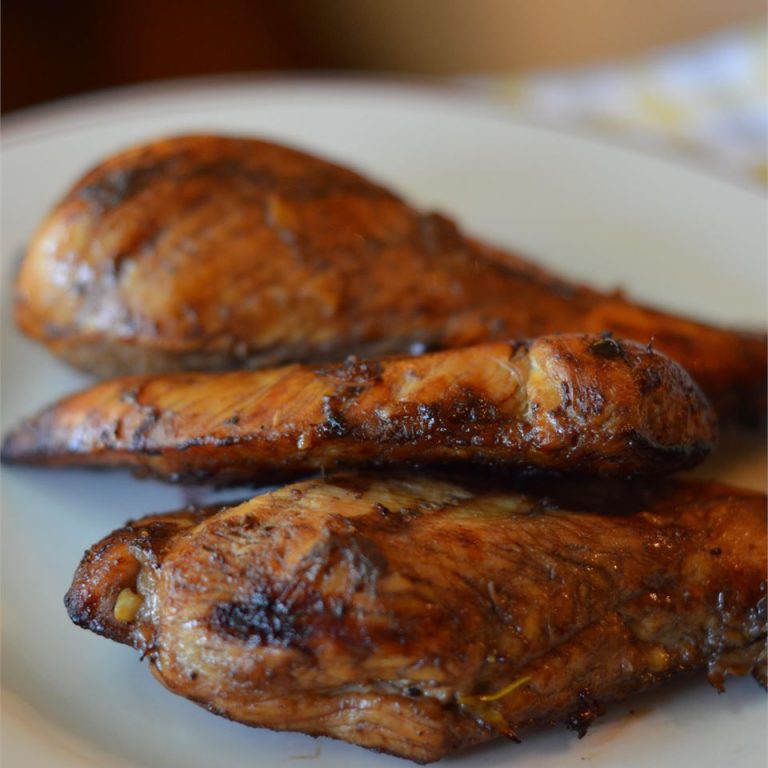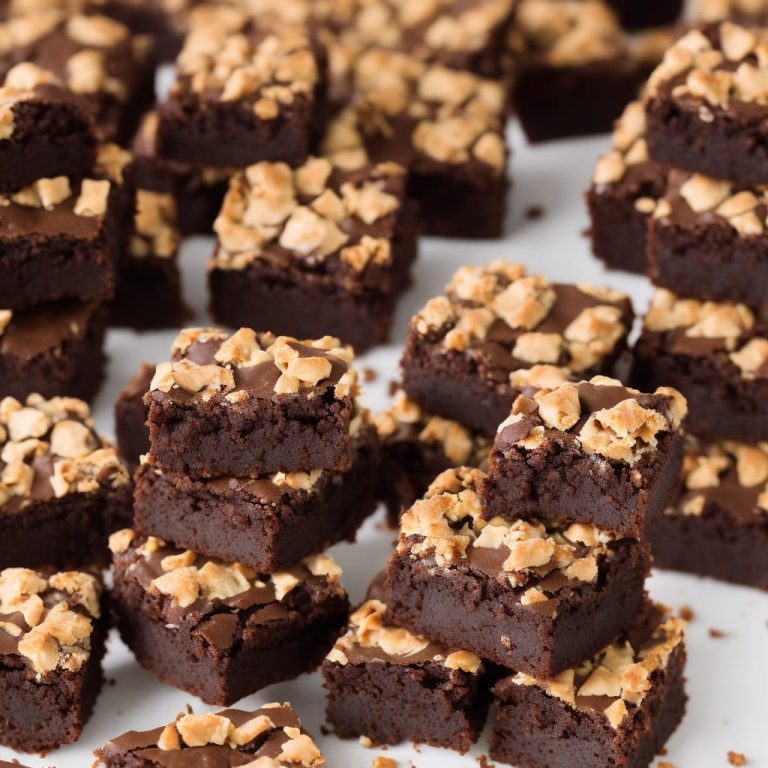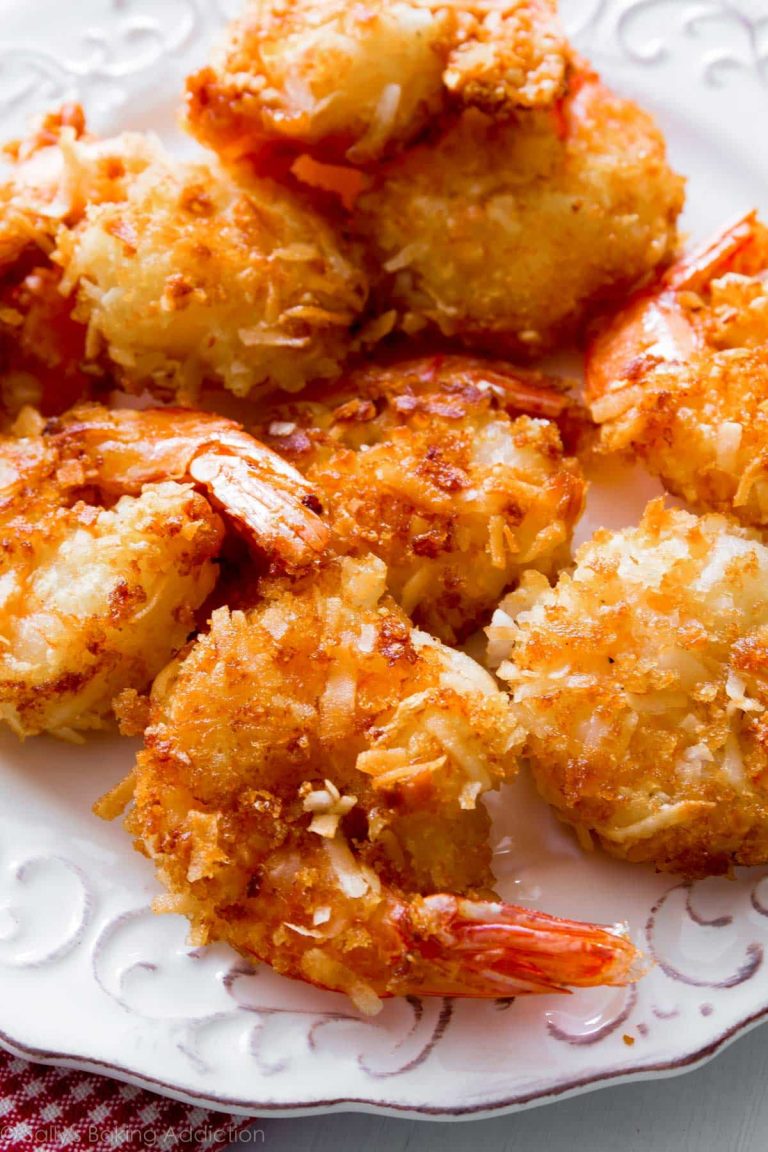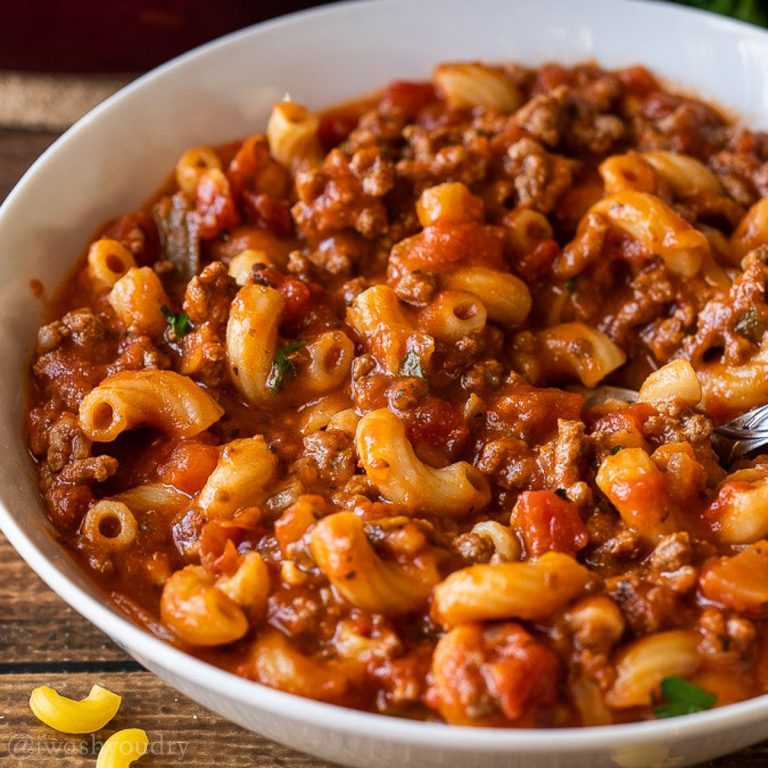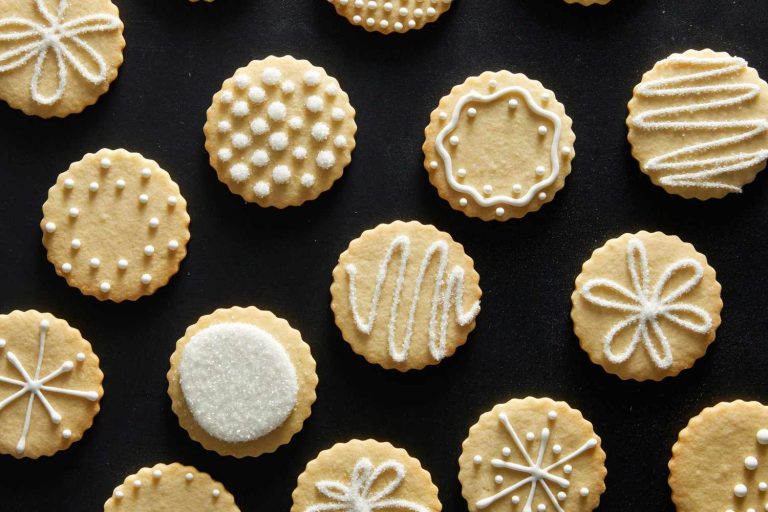Chess Cake: A Delicious Southern Tradition and its Modern Variations
Chess cake claims deep roots in Southern cuisine. Its origins can be traced back to the early American settlers who adapted European recipes. The name “chess” might stem from a misinterpretation of the term “cheese” cake, reflecting its dense, custard-like texture without incorporating cheese. This dessert evolved over centuries, with home bakers gradually simplifying and perfecting the recipe to its current form. Early recipes often included simple ingredients like sugar, eggs, flour, and butter, illustrating the dessert’s accessible nature. By the 19th century, chess cake had solidified its status as a staple in Southern baking traditions, renowned for its straightforward preparation and rich flavor.
Regional Variations
Different Southern states developed unique takes on chess cake, adding regional flair to the classic recipe. Kentucky bakers might incorporate bourbon into the batter, infusing the cake with a distinctive local flavor. In Tennessee, some recipes feature cornmeal, adding a gritty texture and unique taste to the cake. Mississippi variations often include a splash of lemon juice, providing a tangy counterbalance to the sweetness. Each region’s adaptation retains the fundamental qualities of chess cake—a rich, buttery texture and straightforward ingredients—while introducing elements that reflect local taste preferences.
Key Ingredients in Chess Cake
Importance of Quality Ingredients
Quality ingredients define the success of a chess cake. Freshness, purity, and the right proportions elevate this simple dessert to a gourmet experience. Use fresh eggs for a rich, velvety texture, and opt for unsalted butter to control salt levels effectively. Choose high-quality sugar to ensure even sweetness and a smooth custard-like consistency. For added flavor, pure vanilla extract outshines imitation varieties, providing depth and richness to the cake.
Varieties of Chess Cake Based on Ingredients
Chess cake showcases regional creativity through ingredient variations. Here are some key examples:
- Classic Chess Cake: Eggs, sugar, butter, and cornmeal create a dense, custard-like texture.
- Kentucky Bourbon Chess Cake: Adds bourbon for a rich, complex flavor.
- Tennessee Cornmeal Chess Cake: Incorporates cornmeal for extra texture and a subtle grainy taste.
- Mississippi Lemon Chess Cake: Uses lemon juice for a tangy twist, balancing sweetness with acidity.
Each variation maintains the essence of chess cake while integrating distinctive local elements, reflecting the unique culinary traditions of the Southern United States.
Step-by-Step Baking Guide
Preparing the Batter
Start by gathering essential ingredients: fresh eggs, unsalted butter, high-quality sugar, and pure vanilla extract. To make the batter, begin by creaming the butter and sugar until light and fluffy. Beat the eggs, adding one at a time, ensuring each is fully integrated before adding the next. Mix in the vanilla extract to enhance the aroma and flavor.
Sift flour separately to remove any lumps and ensure a smooth texture. Gradually fold the sifted flour into the batter. Incorporate flour slowly, preventing overmixing, which can result in a dense cake. If your recipe includes regional twists like cornmeal or lemon juice, add them at this stage for even distribution.
Baking Tips for Perfect Consistency
Preheat your oven to 350°F (175°C) for optimal results. Grease a baking pan evenly with butter or non-stick spray to prevent sticking. Pour the batter into the prepared pan, spreading it evenly to ensure uniform baking.
Place the pan in the center of the oven to allow for even heat distribution. Bake for 35-40 minutes, checking for doneness toward the end. Insert a toothpick into the center; it’s done when it comes out clean.
If your oven has hot spots, rotate the pan halfway through baking to avoid uneven cooking. Allow the chess cake to cool in the pan for 10-15 minutes to set before transferring it to a wire rack for complete cooling. This step prevents the cake from breaking apart and ensures a firm yet moist consistency.
Popular Variations of Chess Cake
Classic Versus Contemporary Recipes
Classic chess cake recipes typically involve simple ingredients like flour, sugar, eggs, butter, and vanilla extract. These ingredients create a dense, sweet cake with a slightly crispy crust. You’ll find traditional chess cakes in the South embodying these straightforward elements, ensuring the classic rich flavor.
Contemporary recipes often incorporate modern twists to appeal to diverse tastes. Some bakers add chocolate chips or cocoa powder for a richer flavor, while others mix in fruits like blueberries or raspberries to introduce a tart contrast. Vegan and gluten-free versions using alternative ingredients like almond flour and flax eggs have also gained popularity.
International Twists on Traditional Chess Cake
While largely an American dessert, chess cake has inspired international adaptations. In Europe, bakers might use marzipan or almond extract to infuse a distinct nutty flavor. In Asia, matcha powder or red bean paste can be added, giving the cake a unique and colorful appeal. Caribbean variations may include coconut milk or rum for a tropical twist.
Each international variation maintains the essence of the original while introducing new ingredients that reflect the local culinary traditions. This global influence enriches the legacy of chess cake, making it a versatile dessert enjoyed beyond the Southern United States.
Pairing Chess Cake with Beverages
Coffee and Tea Options
Pairing chess cake with beverages enhances the overall experience. Rich coffee varieties like espresso and mocha complement the cake’s sweetness. For a lighter option, consider medium-roast coffee. Herbal and black teas also work well. Choose chamomile or Earl Grey. These options balance the flavor profile.
Dessert Wines and Liqueurs
Dessert wines and liqueurs offer another delightful pairing with chess cake. Late harvest Riesling and Moscato d’Asti balance the dessert’s sweetness. Opt for liqueurs like Amaretto or Baileys. These choices add depth to each bite without overpowering the cake’s natural flavors. Pairing these drinks ensures a satisfying culinary experience.
Conclusion
Chess cake offers a delightful journey through culinary history and regional creativity. Whether you prefer the classic version or enjoy experimenting with modern twists, there’s a chess cake recipe to suit every palate. Pairing it with the right beverage can elevate the experience, making each bite even more enjoyable. Embrace the versatility of this timeless dessert and explore the endless possibilities it offers.

